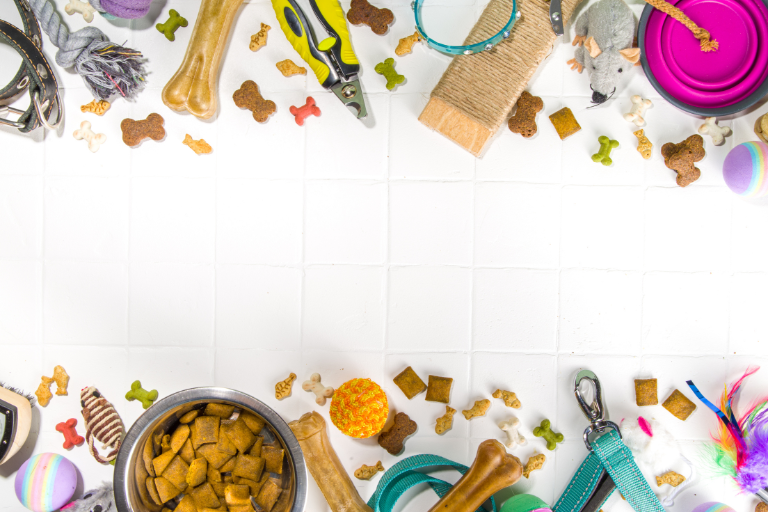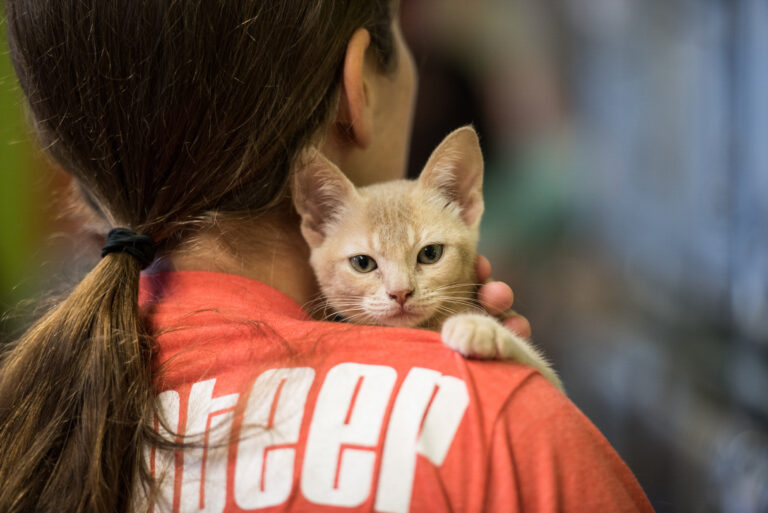Raw pet food diets have gained popularity among pet owners seeking to provide their pets with a more natural and biologically appropriate diet. However, raw pet food products can be susceptible to the growth of harmful parasites, posing risks to the health of our beloved companions. In this article, we will explore the measures that should be implemented to prevent the growth of harmful parasites in raw pet food. We will also discuss “dog food log” and “delta 8 dog treats.”
Table of Contents
1. High-Quality Ingredient Sourcing:
To prevent the growth of harmful parasites, pet food manufacturers must prioritize high-quality ingredient sourcing. Working with trusted suppliers who follow rigorous standards and testing protocols ensures the integrity of the ingredients used. Selecting fresh, human-grade meats, and other ingredients free from parasites, is essential to minimize the risk of contamination from the start.
2. Freeze and Storage:
Freezing raw pet food is a critical step in preventing the growth of harmful parasites. Cold temperatures inhibit the growth of parasites and help preserve the nutritional integrity of the food. Pet food manufacturers should freeze raw pet food products immediately after production to reduce the risk of parasite contamination. Proper storage in well-maintained freezers at temperatures below 0°F (-18°C) helps maintain the efficacy of this preventive measure.
3. Hygiene and Sanitation:
Maintaining strict hygiene and sanitation practices is crucial in preventing the growth of parasites in raw pet food. Pet food manufacturers should follow Good Manufacturing Practices (GMP) and implement thorough cleaning protocols to eliminate any potential contamination sources. Regular sanitation of equipment, utensils, and processing areas reduces the risk of parasites and other pathogens. Adequate training and education of staff members on hygiene practices further contribute to a safe production environment.
4. Regular Testing and Quality Control:
Regular testing and quality control checks are essential to ensure the absence of parasites in raw pet food products. Pet food manufacturers should conduct rigorous testing on both raw ingredients and finished products to detect any potential presence of parasites. This includes testing for common parasites like Toxoplasma gondii and Trichinella spiralis. Consistent quality control measures help maintain the highest standards of safety and prevent the distribution of contaminated products.
5. Communication with Suppliers and Pet Owners:
Establishing clear communication channels with ingredient suppliers and pet owners is crucial in preventing the growth of parasites in raw pet food. Manufacturers should maintain open lines of communication with suppliers to stay informed about any potential risks or concerns related to parasite control. Similarly, transparent communication with pet owners regarding the importance of handling and storing raw pet food properly can minimize the risk of parasite transmission and contamination.
6. Comprehensive Feeding Guidelines:
Providing comprehensive feeding guidelines to pet owners is vital in preventing parasite growth. Manufacturers should offer detailed instructions on the safe handling, thawing, and feeding of raw pet food. Clear guidelines regarding portion sizes, feeding frequency, and proper storage after thawing help prevent the overfeeding or prolonged exposure of raw food, reducing the risk of parasite growth and contamination.
7. Dog Food Log:
Keeping a dog food log can be an effective tool for pet owners to monitor their pets’ health and detect any potential issues, including parasites. Manufacturers can encourage pet owners to maintain a log that tracks the type of raw food fed, portion sizes, any observed changes in behavior or health, and the source of the raw food. This log can help identify any patterns or concerns that may indicate parasite-related issues, enabling timely intervention and veterinary consultation.
In Conclusion

Preventing the growth of harmful parasites in raw pet food products requires proactive measures from pet food manufacturers. By implementing high-quality ingredient sourcing, freezing and proper storage, maintaining hygiene and sanitation practices, regular testing and quality control, communication with suppliers and pet owners, comprehensive feeding guidelines, and promoting the use of a dog food log, manufacturers can minimize the risk of parasite contamination. These measures contribute to the safety and well-being of our beloved pets, allowing pet owners to confidently provide them with a natural and healthy raw pet food diet.








